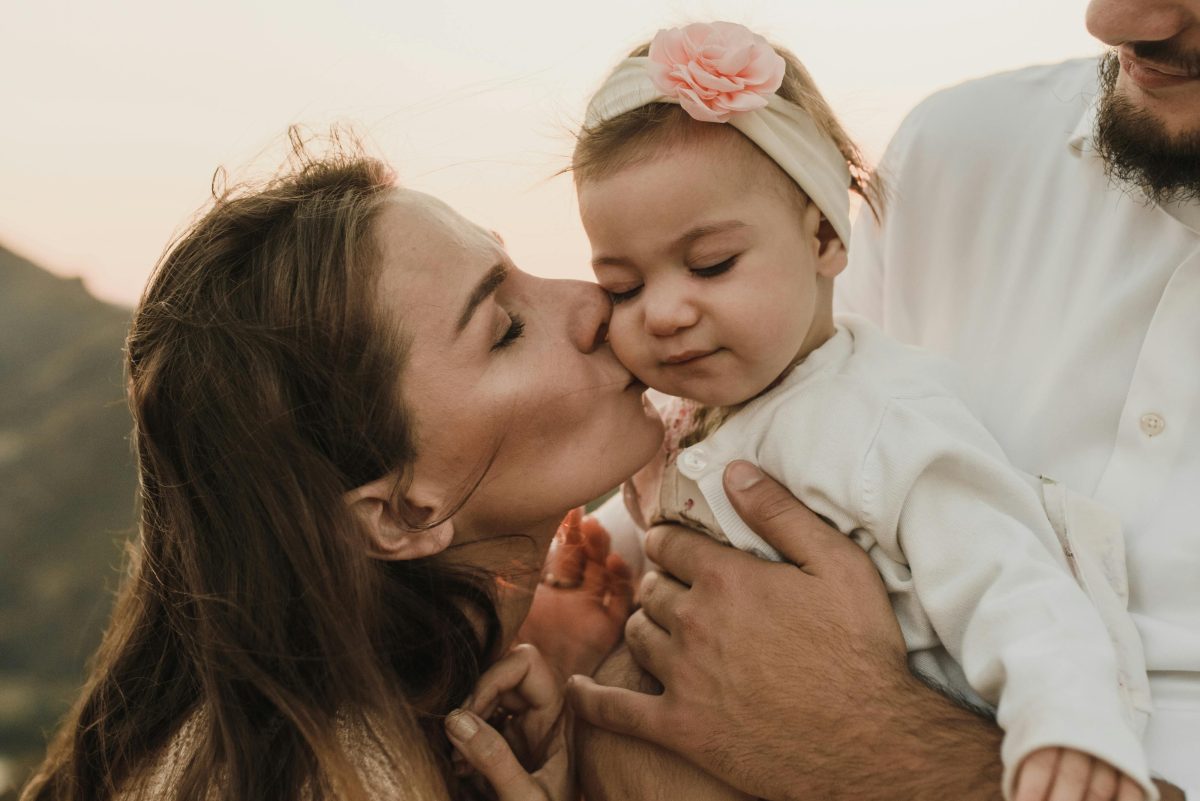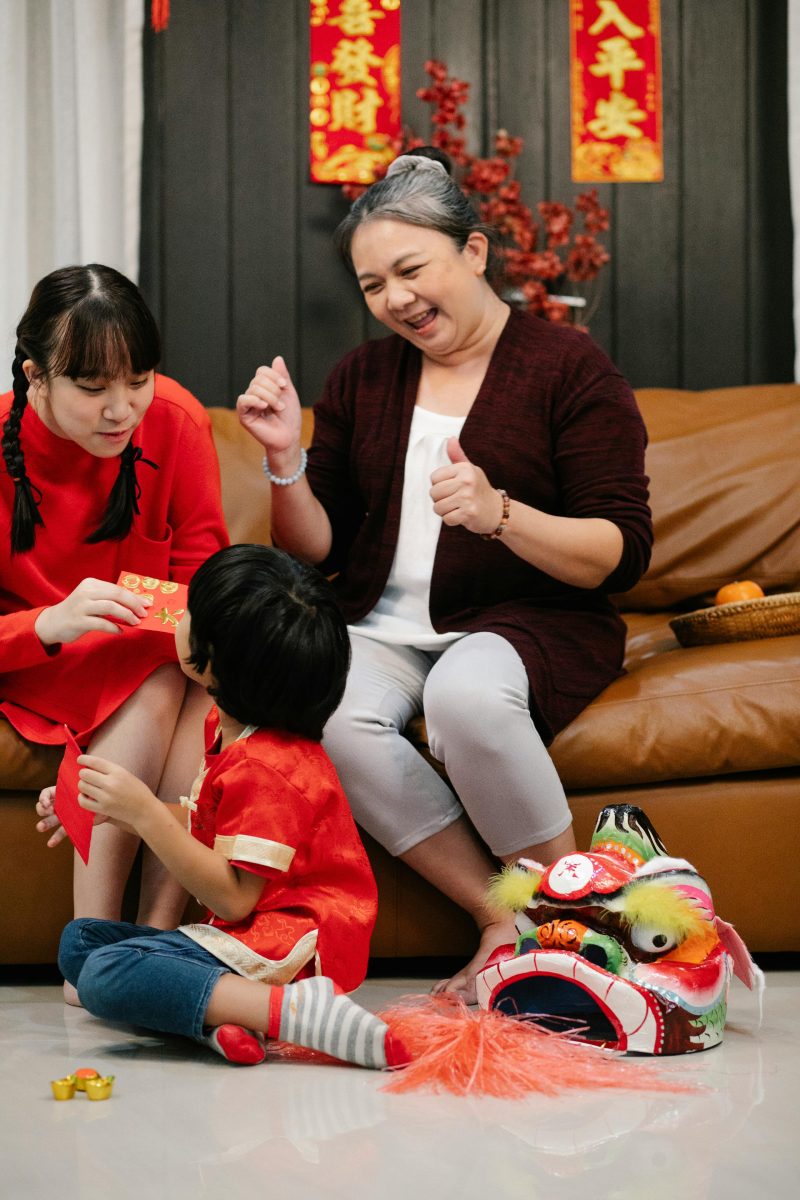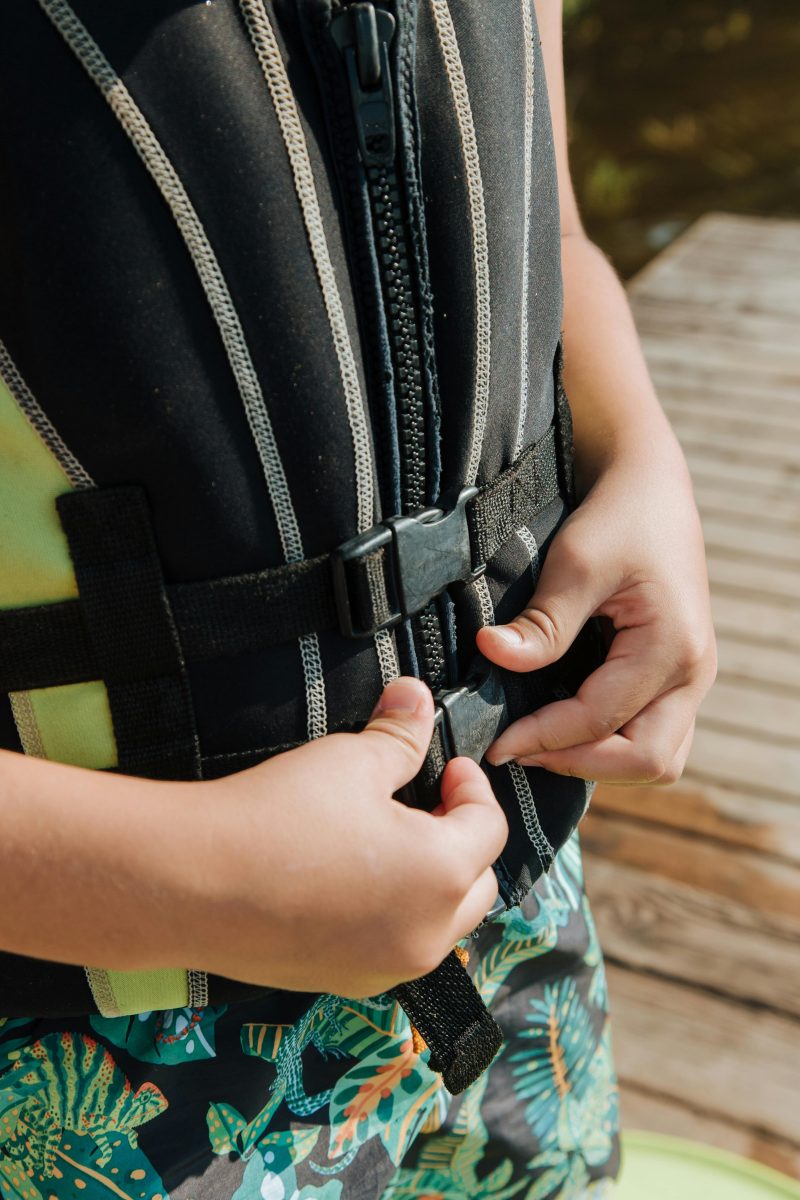A Brief Overview of Natural Disasters and How They Affect Children

From floods to bushfires, natural disasters have a profound impact on our world, especially when seen through the eyes of a child. It is important to comprehend how children interpret these events because it is important to handle the subject with caution and sensitivity because their developing minds frequently struggle with fear and confusion. Talking to kids about natural disasters is essential to building resilience and assisting them in navigating their emotions. This essay seeks to clarify how kids view natural disasters, emphasize the value of candid conversations, and list the goals we hope to accomplish. By this investigation, we hope to provide parents with the information and resources they need to help their kids deal with the difficulties presented by natural disasters and make them feel protected, heard, and understood.
Heading Into the Conversation: Getting Ready
Learning About Natural Disasters with Yourself
- Prepare yourself by learning: Gaining knowledge about the science underlying natural disasters, their causes, and their effects will enable you to confidently respond to inquiries.
- Be a trustworthy resource: This preparation makes the conversation more meaningful and comforting for your child by improving its quality and establishing you as a trustworthy source of information.
Evaluating Your Child’s Present-Day Perception and Emotions
- Have informal, free-flowing discussions: Assess their emotional and cognitive states at this moment.
- Make an informed approach: This is an important step because it helps you approach the subject in a way that makes the conversation specific to their needs and concerns.
Organizing the Talk: When, Where, and How to Start
- Select the appropriate time: Choose a space that is calm, cozy, distraction-free, and conducive to conversation for your child.
- Maintain composure, empathy, and support: Promote honest communication of ideas and emotions. Recall that the intention is to not only enlighten them, but also to listen to them, validate their feelings, and help them feel secure and understood.
Adjusting the Talk to Your Child’s Age

Tips for Talking to Preschoolers About Natural Disasters
- The key is simplicity: Don’t use too technical terms when explaining what happened; instead, use language that is age-appropriate and easy for them to understand.
- Strengthen security. Remember the essentials: what happened, that a lot of people are trying to improve things, and most of all, that they are safe in your care. Often reiterate this feeling of security.
Strategies for Children in Elementary School
- Address additional details: This age group of kids can handle a little bit more detail. Their curiosity makes them likely to inquire about the causes and mechanisms of events.
- Present the safety plans: Answer their questions in a way that satisfies their curiosity without being overbearing. Now is a good time to explain emergency services and basic safety plans so they can learn about the various roles people play in disaster response. Materials similar to the Resources from the Red Cross for Schools can be a great help in directing these conversations.
Techniques for Discussing Natural Disasters with Teens
- Have more in-depth discussions: Teens are able to have far more in-depth discussions about natural disasters. They are able to talk about the wider ramifications of these occurrences and comprehend complicated causes, such as climate change.
- Promote verbal expression: Invite them to share their opinions and feelings about the matter. This age group might also be curious to find out how they can contribute, whether it be through global initiatives or community service. Sending them links to resources such as the A UNICEF handbook on how youth can assist in the event of a natural disaster can give them the confidence to act.
It is crucial to use language and explanations that are appropriate for the child’s age. Since every child is different, you should base your discussion of these weighty subjects on their comprehension and emotional development. By tailoring your approach according to their age, you make sure the conversation is comforting and meaningful. Recall that the intention is to raise awareness while avoiding needless fear in order to promote safety and preparedness for natural disasters.
Putting Safety and Preparation First

Understanding Safety Procedures and Emergency PlansIt is essential to start talking about safety precautions and emergency protocols. To keep everyone safe, begin by explaining what an emergency plan is and how it works. Describe the significance of having emergency contacts on hand or committed to memory, establishing a family meeting place, and being aware of the safe exits in the house. Make the ideas simple enough for kids to understand so they can appreciate the value of being ready.
Including Kids in Preparedness Tasks
Participation is essential. Assist your kids in putting together an emergency kit by letting them select items such as a beloved book or toy to go along with necessities like water and first aid supplies. Through this practical exercise, they learn what to do in an emergency and gain a sense of empowerment and involvement in the family’s safety plan.
The Value of Consistency and Regularity
The foundation of helping kids feel less anxious is routine and predictability. Creating a routine that is predictable can greatly reduce the stress brought on by the unknowns of natural disasters, particularly when it comes to talking about and putting safety precautions into practice. Make sure your child is familiar with emergency plans by going over and practicing them on a regular basis. For young minds, the unpredictable nature of disasters is easier to handle because of this consistency, which also helps to reduce anxiety and foster confidence.
We can considerably lessen the anxiety connected to natural disasters by emphasizing safety and preparedness, involving kids in useful activities, and upholding routines. These actions help kids become resilient in the face of hardship by arming them with knowledge and confidence in addition to preparing them for emergencies.
Making Use of Resources and Requesting Assistance
- Books: Margaret M. Holmes’ “A Terrible Thing Happened” takes a compassionate stance when talking about trauma.
- Websites: A variety of resources and articles are available from the Australian Psychological Society that address managing children’s emotions during times of crisis.
- Red Cross: Teaching students about disaster preparedness and recovery can be greatly aided by educational resources.
The Functions of Community Organizations and Schools
An important role is played by community organizations and schools. They are safe havens with organized support systems in addition to being educational establishments. Engaging programs like the Australian Red Cross’s Pillowcase Project teach kids about family and personal preparedness. Schools can also lead conversations, giving kids a group forum to share their ideas and anxieties and help them feel less alone in their experiences.
When to Get Expert Assistance
- It’s critical to know when to seek professional assistance. It might be time to see a psychologist if your child’s symptoms of anxiety or trauma are still present. These symptoms could include extreme fear, sleep disturbances, or protracted sadness.
- The Australian Psychological Society provides a Locate a Psychologist service, which is a great place to start.
- Early intervention can have a big impact on your child’s wellbeing and recovery.
Through the use of these tools and knowing when to look for additional help, parents can successfully negotiate the difficult subject of talking to their kids about natural disasters. It’s about creating a strong foundation where kids feel taken care of, understood, and ready.
In Conclusion
Talking openly with kids is the first step toward their empowerment. This builds resilience by fusing emotional support with knowledge. Parents can assist their children in navigating the intricacies of natural disasters and striking a balance between fear and understanding by having thoughtful conversations. Education, planning, and the creation of a secure space where inquiries are welcomed and emotions are acknowledged are all part of the process. In the future, let’s keep laying this resilient foundation and make sure our kids are equipped to confidently face natural disaster challenges as well as be ready for them.
Discussing Natural Disasters with Children: Tips for Parents FAQs
Use simple, clear language to explain the natural processes that cause disasters like earthquakes, hurricanes, or floods. There are books and educational videos designed for children that can make learning about these phenomena engaging and less frightening. It’s also helpful to discuss the importance of emergency preparedness and how it can help people stay safe.
Encourage open communication, allowing them to share their thoughts and feelings about what happened. Provide extra comfort and reassurance during this time, and consider seeking support from a child psychologist if you notice signs of ongoing distress. Maintaining routines as much as possible can also provide a sense of normalcy and security.
Incorporate activities like building a model of a safe house, creating a family emergency plan together, or playing educational games that simulate disaster preparedness. These hands-on activities not only educate but also empower children to feel more in control. Visiting science museums or attending community safety fairs can also make learning about natural disasters fun and interactive.
Reassure them by focusing on the efforts made by the community, government, and emergency services to help and protect everyone. Highlight stories of resilience and how people come together to support each other during tough times. It’s also beneficial to emphasize the safety measures and plans you have in place at home.
Start by asking your child what they already know or have heard about natural disasters. This approach helps you correct any misinformation and understand their feelings or fears. It’s important to keep the conversation age-appropriate and reassure them of their safety.
Yes, practicing emergency drills can help your child feel more prepared and less anxious about the possibility of a natural disaster. Make the drills a regular and calm part of your routine, explaining each step clearly and why it’s important. This practice not only prepares them for emergencies but also helps reduce fear by giving them a sense of control.
Encourage this empathy by helping them find age-appropriate ways to contribute, such as organizing a fundraiser, donating toys or clothes, or writing letters of support to affected children. This can help them feel like they are making a positive difference. Participating in community recovery efforts can also teach them about compassion and resilience.
There are many child-friendly books, websites, and videos that provide information about natural disasters in an engaging and non-threatening way. Look for resources created by reputable organizations such as the Red Cross or FEMA. Interactive resources, like games or apps designed to teach children about disaster preparedness, can also be very effective.
Media can significantly influence a child’s perception, often exaggerating the frequency and severity of natural disasters. Monitor and limit exposure to distressing news coverage, and discuss what they see in a way that helps differentiate between what’s happening locally versus elsewhere. Use media as a tool for education by selecting programs that accurately explain natural disasters and preparedness strategies.
Acknowledge their fear without dismissing it, showing them it’s okay to feel scared. Explain that natural disasters are rare and that there are many people and systems in place to keep them safe. Encourage them to express their feelings and ask questions.

